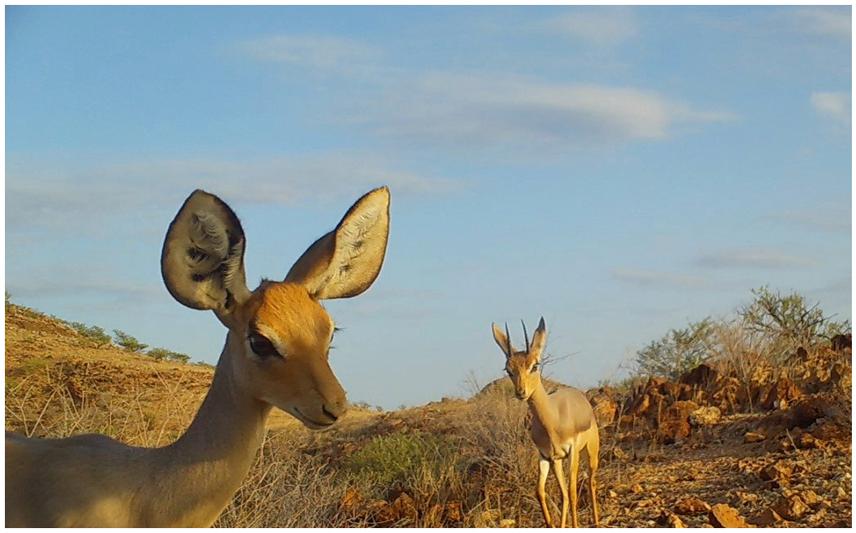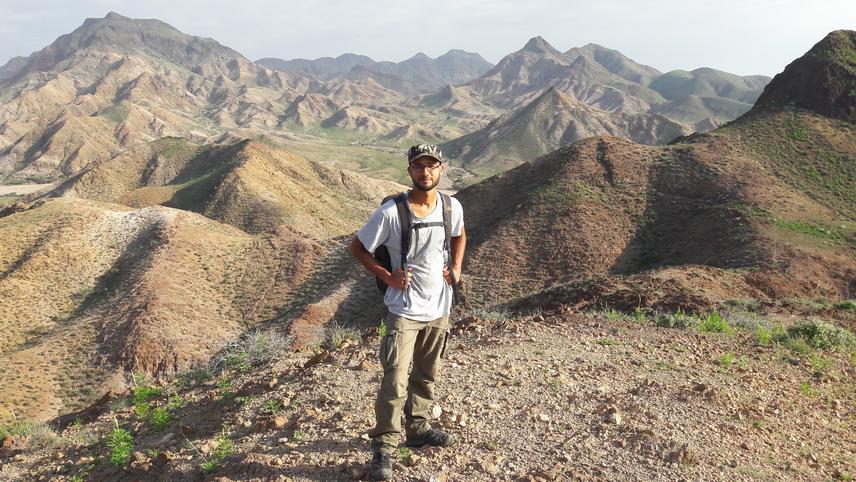Mathieu Mahamoud-Issa
The Beira antelope (Dorcatragus megalotis) is endemic is to the arid rocky hills and low elevation mountains of the Horn of Africa (northern Somalia, north-east Ethiopia, and southern Djibouti). Its range has regressed and fragmented since the beginning of the 20th century, and the species is listed as ‘vulnerable’ on the IUCN Red List of Threatened Species. Since the presence of the species in Djibouti was confirmed in the 90’s, only three studies provided some estimations of the Beira population size and distribution. The last study done in 2005-2006 estimated about 100 - 150 remaining individuals in the region of Aser-jog in the South of Djibouti.

Two Beira antelopes (Dorcatragus megalotis) taken by camera trap during a survey conducted in the Aser-jog region in 2023. ©Astrid Lebatteux / Association DECAN, Djibouti.
17 years have passed since the last survey and important changes have occurred in the region: the development of modern infrastructure such as the railway connecting Djibouti to Addis-Abeba (inaugurated in January 2017 in Djibouti) is passing through Ali-Sabieh, and a new road between Ali-Sabieh and Assamo was built in 2018 to help the local development; the human population has increased over the last decade, which might increase deforestation for the charcoal demand as well as the grazing pressure by livestock; severe droughts and political crisis in the neighbouring countries have led numerous refugees to live in the region, especially at the Ali-Adde refugee camp. Yet, no information about the current level of habitat loss and fragmentation, nor information about the current trend of the Beira population in Djibouti is available. Thus, it is important to evaluate the habitat suitability and its degree of degradation as well as the current distribution of the species to adapt the strategy of planning and conservation management.

Mathieu Mahamoud Issa at the Assamo protected area in the South of Djibouti. ©Bożena Sikora / Adam Mickiewicz University, Poznań.
The aim of my project will be to collect data regarding the occurrence of the Beira antelope in the South of Djibouti. A systematic sampling of the vegetation cover will be conducted to calculate the plant species richness and assemblage in order to understand the spatial patterns of the vegetation communities within the area of study during the dry and wet season. This data will be used to investigate the relationship between the vegetation communities and the presence/absence of the Beira antelopes in the region.